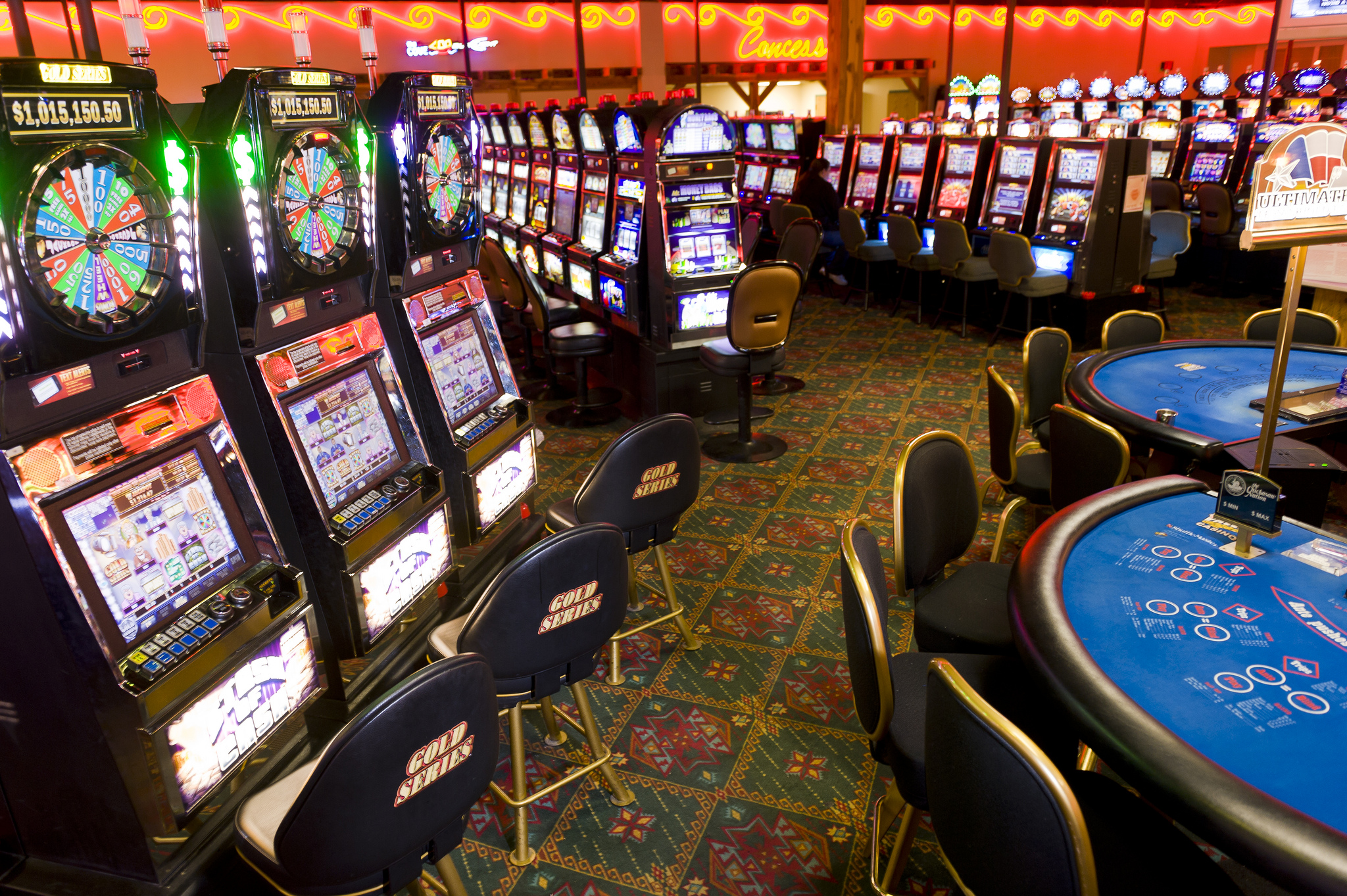Casino games have long captivated human interest, drawing players into a universe filled with chance, strategy, and the allure of thrill. Each experience is painstakingly crafted not just for fun, but also to inspire targeted emotional responses that keep players involved and interested. Understanding the drives behind these designs reveals much about how behavioral psychology plays a vital role in the gaming experience.
From the vivid lights and vibrant sounds to the complex layering of guidelines and payoffs, casino games are designed to create an atmosphere of excitement and anticipation. Game designers leverage psychological principles to influence gambler behavior, whether through the use of big prizes, near-miss scenarios, or social interactivity. By examining these elements, we can better appreciate how casino games fulfill not just a need for entertainment, but more profound psychological needs for excitement and uncertainty.
Grasping Gamer Behavior

Casino games are designed with a profound understanding of gamer psychology, which is essential for luring and keeping players. The thrill of the game, alongside the expectation of winning, creates a powerful attraction. Game designers make use of elements like audio cues, colorful graphics, and captivating gameplay to capture attention and elicit emotional responses. These sensory elements enhance the immersive experience, making players feel more attached in the game.
Another important aspect of player behavior is the notion of risk and reward. Casino games often weigh high-stakes situations with the potential for considerable rewards, which can lead to the event known as near-miss experience. When players come near to winning, the brain releases dopamine, bolstering their behavior and encouraging them to persist playing in search of that fleeting win. This cycle of hope and frustration plays a key role in how games are designed and advertised.
Lastly, social elements also play a pivotal role in player behavior at casinos. Many games are crafted to be played in groups or alongside other players, nurturing a sense of togetherness and communal experience. https://d2ol.com/ The social interaction inherent in games like blackjack enhances enjoyment and can lead to longer play sessions. Designers capitalize on this by crafting environments that prompt players to remain, connect, and return, making the overall casino experience more inviting.
The Role of Visuals and Sound
Visuals and audio play a vital role in enhancing the gambler’s experience within gambling games. Designers utilize bold colors, striking graphics, and engaging animations to capture players’ attention and maintain their focus. The use of motifs, such as adventure or luxury, helps create an immersive atmosphere that transports players into another world. By appealing to the senses, these elements add to a intensified emotional response, prompting players to engage more profoundly with the games.
Sound design is equally important in reinforcing the experience of gambling games. The mix of ambient music, audio effects for successful combinations, and environmental noises creates an sound landscape that keeps players fascinated. Sounds associated with wins, such as ringing bells or festive music, evoke feelings of excitement and reward, encouraging players to continue playing. These sound cues are carefully placed to amplify the excitement of the game and create a more immersive experience.
Additionally, the alignment of imagery and sound is important for reinforcing the game’s overall theme and atmosphere. Each element should align harmoniously to create a unified experience that pulls players in. The effective use of this synergy not only enhances user satisfaction but also increases the chances of repeat play, as players become more engaged in the captivating world that the gambling games offer. This thoughtful combination of imagery and audio ultimately enhances player engagement and loyalty.
Reward Systems and Engagement
The creation of gambling experiences heavily depends on reward systems to ensure players engaged and returning for more. These systems are based in behavioral principles that take advantage of human nature and desire. Participants are often driven by the thrill of winning, which is supported by instant responses through the game’s mechanics. This instant gratification not only enhances the gaming experience but also fosters a feeling of achievement, encouraging participants to keep participating in hopes of greater rewards.
Gaming establishments implement various reward structures, including jackpots, extra rewards, and increased rewards, to captivate participants. These features create a level of thrill that sustains interest. Additionally, the unpredictability of results plays a significant role in sustaining attention. The variable reward system, where wins are random but occur often enough, keeps players on edge and motivated to keep playing. This cycle of hope and expectation is foundational to the effectiveness of casino games.
In addition, community aspects, such as tournaments and multiplayer features, enhance the engagement factor by tapping into the competitive nature of participants. The shared experience of playing with fellow participants can amplify the thrill of success and create a community atmosphere within the gaming space. By combining these social dynamics with efficient incentive structures, gambling experiences don’t just provide fun but also nurture a stronger connection among players, solidifying their commitment to the overall experience.